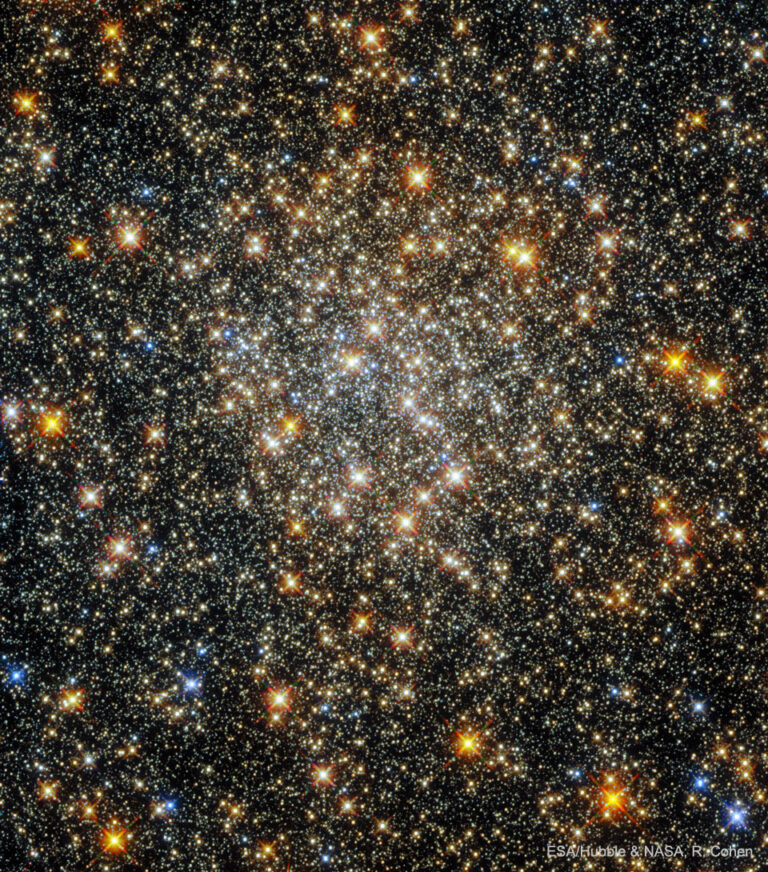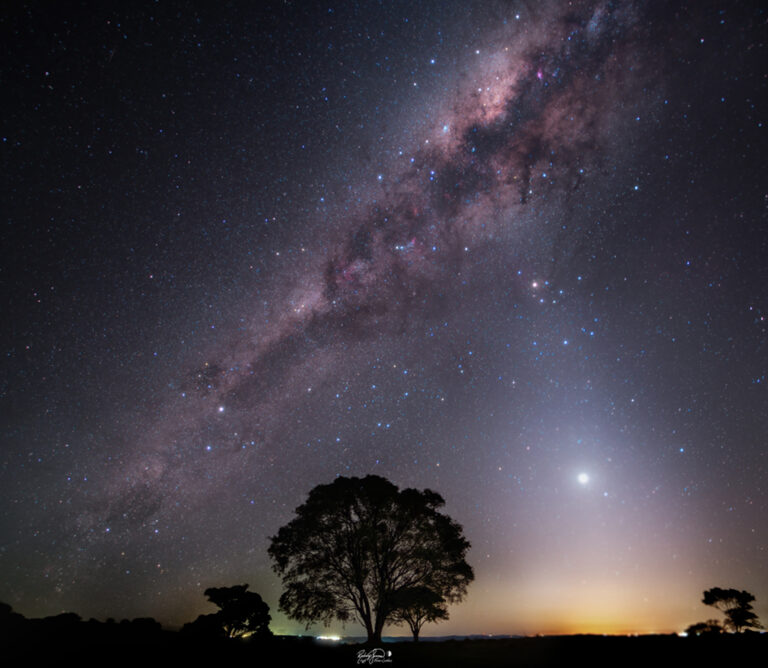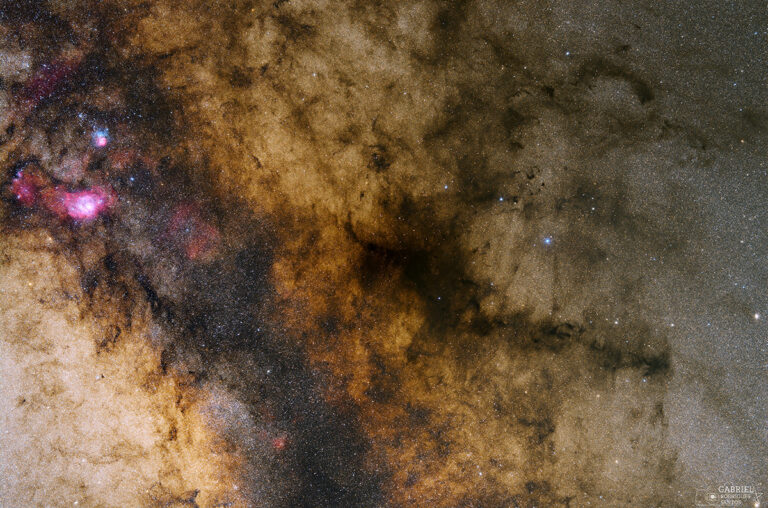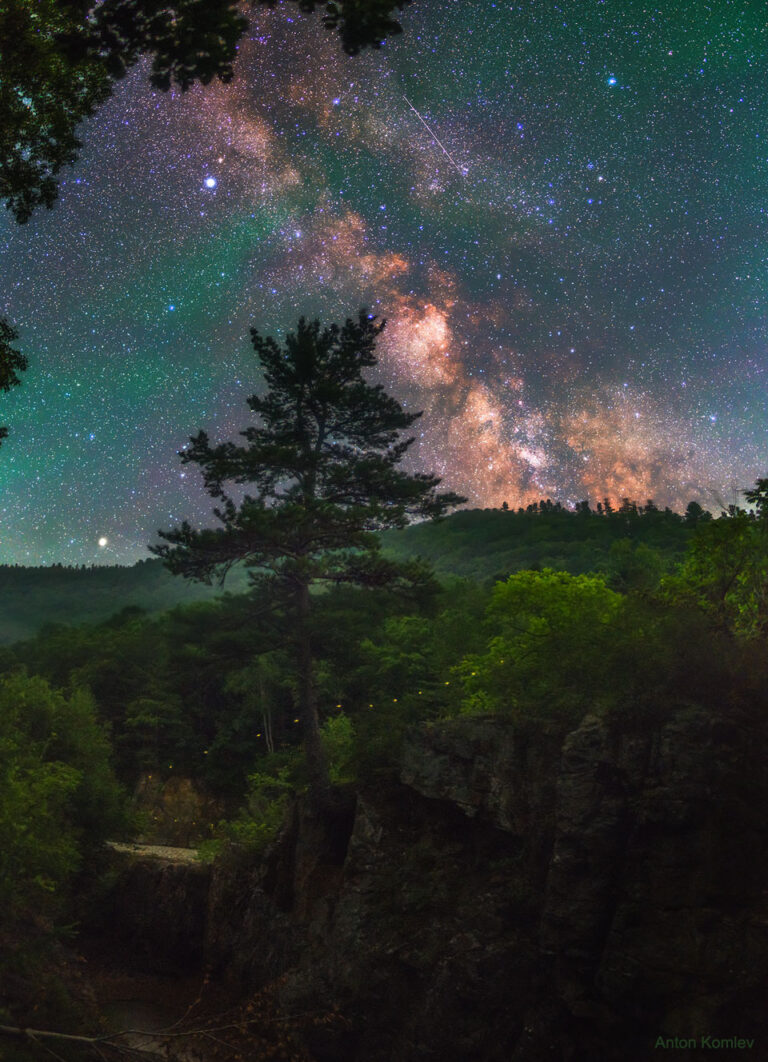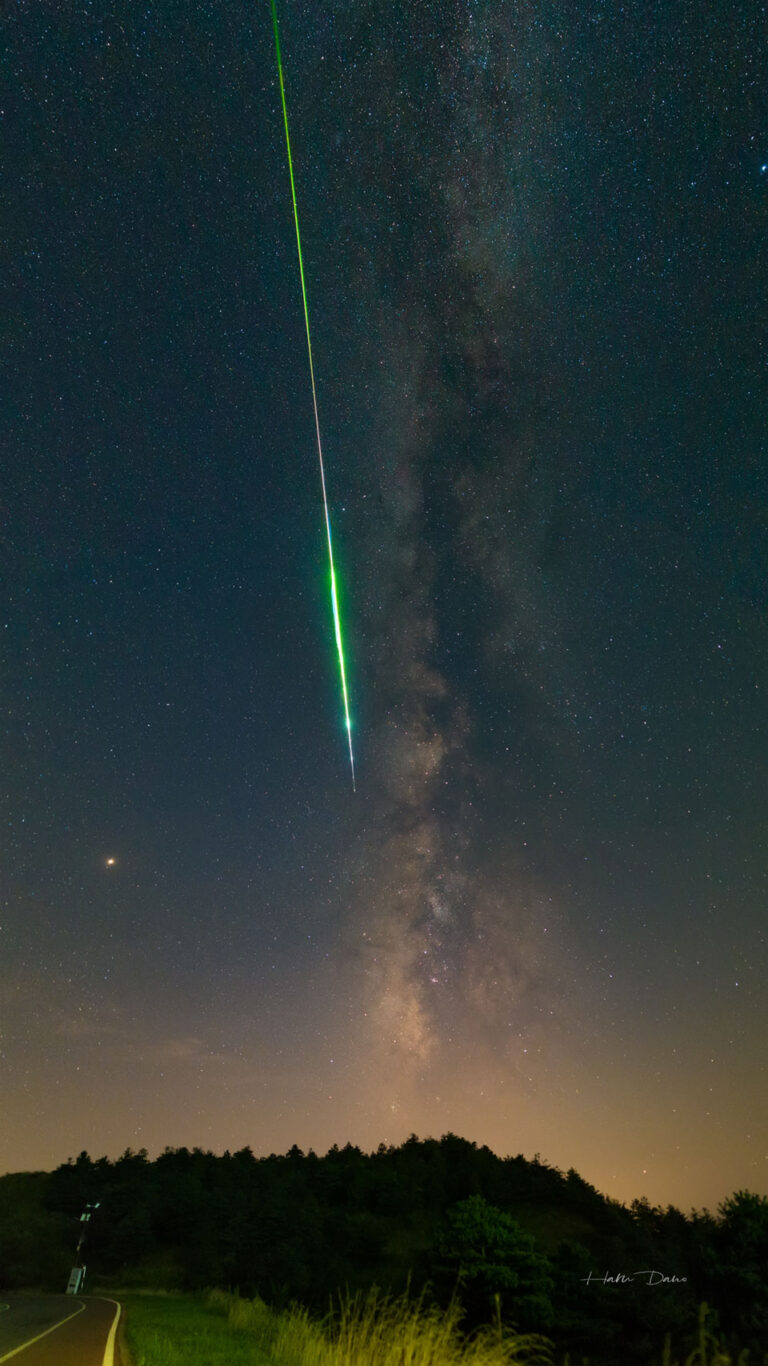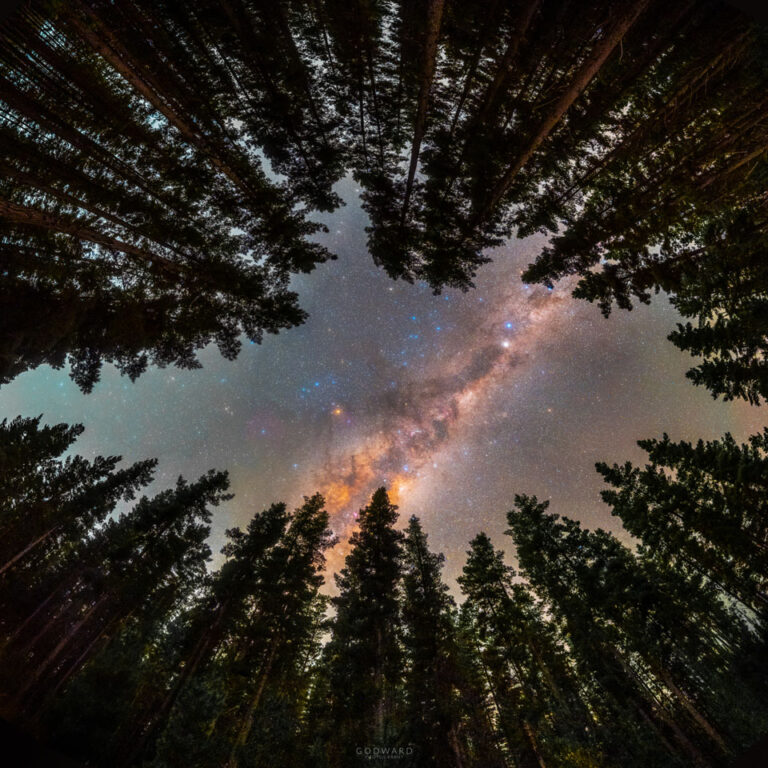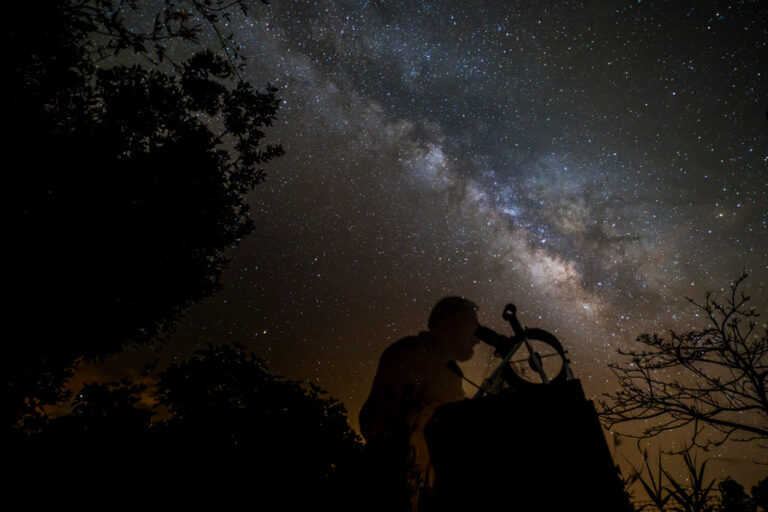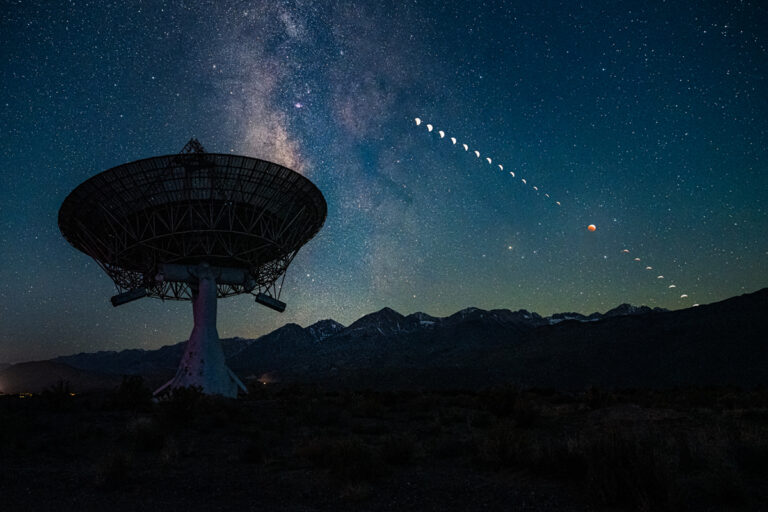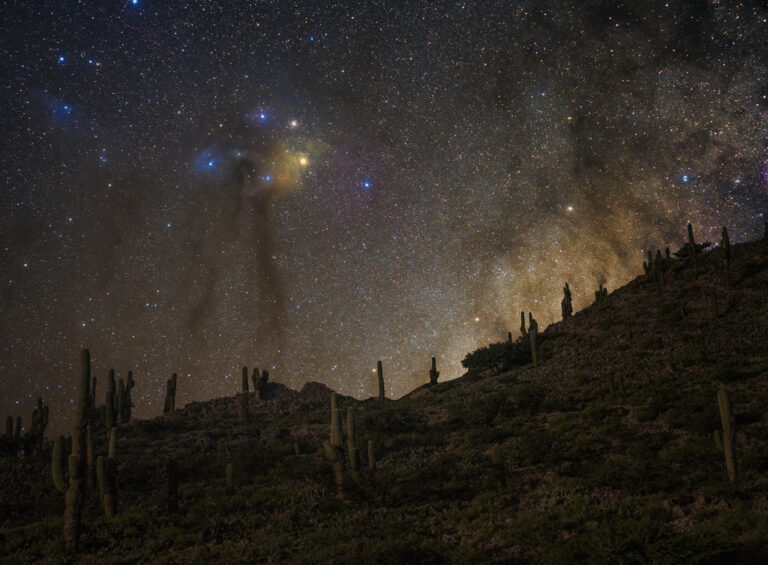帕洛玛6:球状星团
2021年10月19日 Palomar 6: Globular Star Cluster Image Credit: ESA/Hubble and NASA, R. Cohen Explanation: Where did this big ball of stars come from? Palomar 6 is one of about 200 globular clusters of stars that survive in our Milky Way Galaxy. These spherical star-balls are older than our Sun as well as older than most stars that orbit in our galaxy’s disk. Palomar 6 itself is estimated to be about 12.5 billion years old, so old that it is close to — and so constrains — the age of the entire universe. Containing about 500,000 stars, Palomar 6 lies about 25,000 light years away, but not very far from our galaxy’s center. At that distance, this sharp image from the Hubble Space Telescope spans about…

